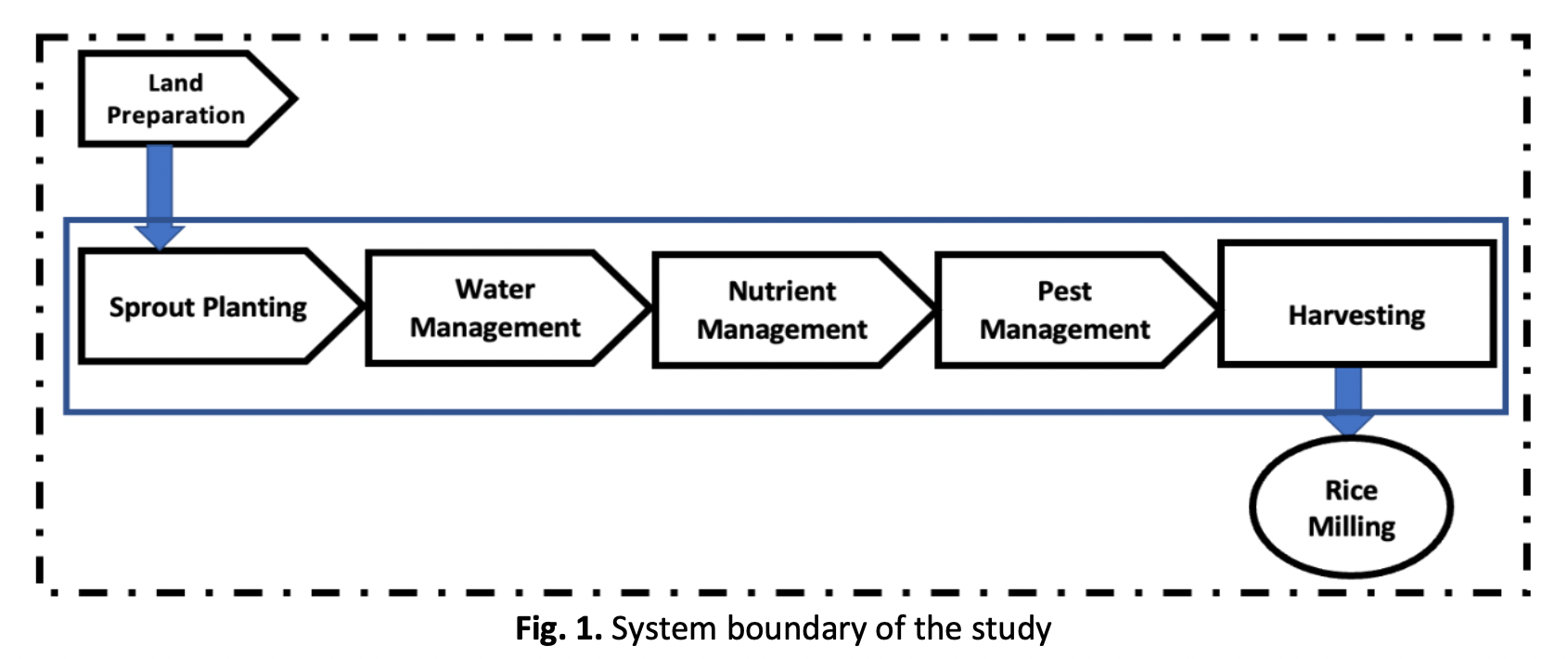Life Cycle Assessment of Rice Production in Muda Granary Area, Kedah Malaysia
DOI:
https://doi.org/10.37934/araset.35.2.6983Keywords:
Life Cycle Assessment, Muda Granary, rice, sensitivity analysisAbstract
Rice is a crucial part of everyday Malaysian diet. The demand for rice in year 2030 is projected to be around 533 million ton of milled rice and known to be a high-water consuming crop. It is mainly cultivated in Kedah of Malaysia under irrigated conditions. It is responsible for the environmental degradation due to inefficient use of factors of production, low yield as well as being grown under ponded conditions. Therefore, this study was designed to assess the environmental impacts of rice production in Muda Granary Area in Kedah using life cycle assessment (LCA) approach. Data was collected from Muda Agricultural Development Authority (MADA) and one of rice milling’s factory in order to identify the environmental impacts with different phase of production. It was observed that different production practices and different levels of input consumption contributed to the different environmental impacts. The LCA considered the entire system required to produce 1 kg of rice. All impact assessment categories were considered and the sensitivity analysis was performed to test the cut-off criteria set for the chemical input by increasing the solvent input to 15% and including trace amounts of heavy metals. Results from ReCiPe impact assessment methods concur that the top impact categories are rice plantation compared to rice milling and land preparation phase. These include climate change, eutrophication, ecotoxicology, and water depletion. As a result, it is concluded that the fertilizers used were excessive and should be examined further. The study concludes that the greatest impacts of rice production in a Muda Granary area in Kedah are from rice planting phase. It is learnt that the quantity of fertilizers used were excessive and must be looked into. The results of the study will likely provide a good basis for future LCA research on paddy cultivation, especially in terms of nutrient management.
Downloads





























